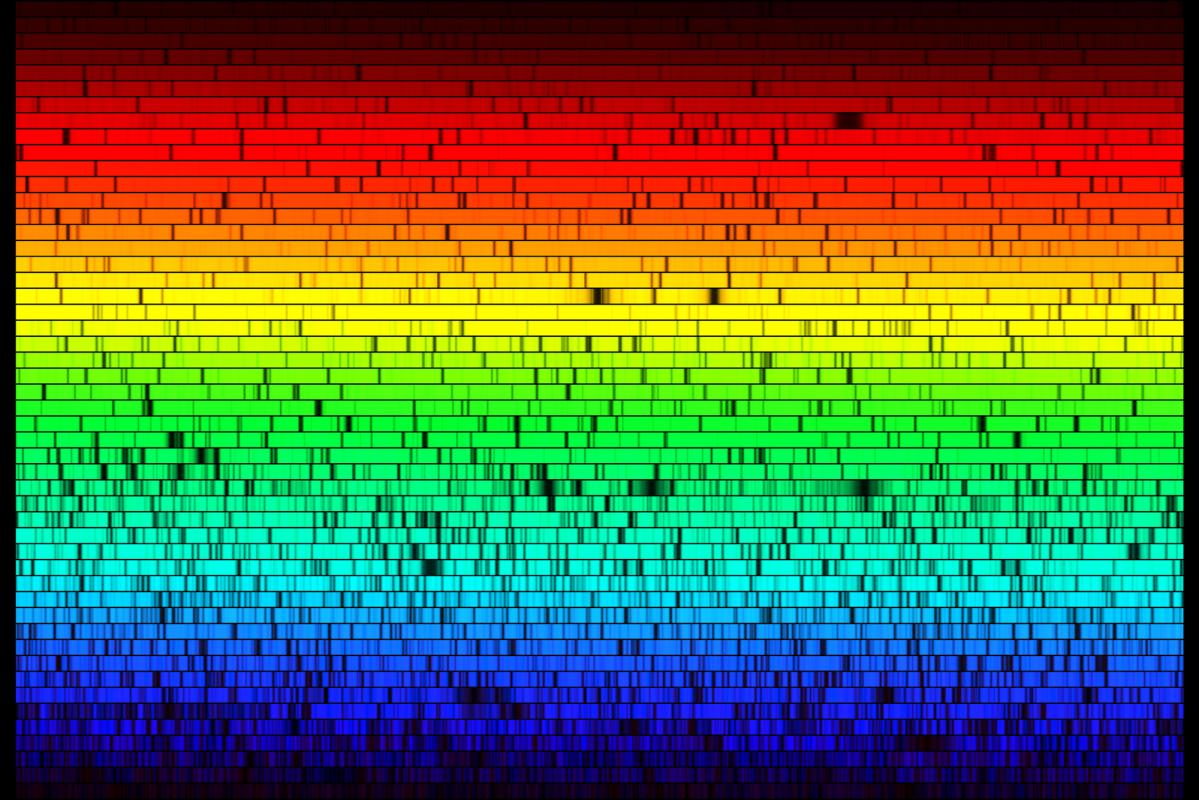Light is the only source of information we can get from distant stars – even for those nearest to our Sun. Despite this limitation, it is nevertheless possible to find out whether theses stars possess a large-scale magnetic field, like for instance that causing spots at the surface of our Sun or the magnificent coronal structures visible during solar eclipses. To achieve this, the first step is to disperse the light from the star with a spectrograph to form a spectrum – like rain drops do with sunlight to generate rainbows. The second step is to look for the polarisation of the stellar light, that is the way this light is vibrating. By looking at the polarisation of the stellar light – especially in dark narrow regions of the spectrum called spectral lines – one can derive not only the intensity of the magnetic field at the surface of the star, but also its orientation with respect to the line of sight. This is the Zeeman effect, discovered by the Nobel Prize Pieter Zeeman in 1896.

The rich spectrum of a cool star
